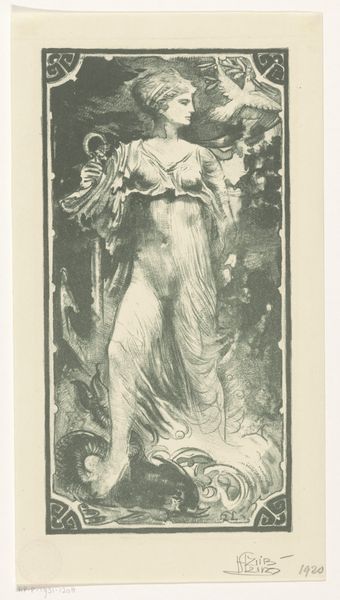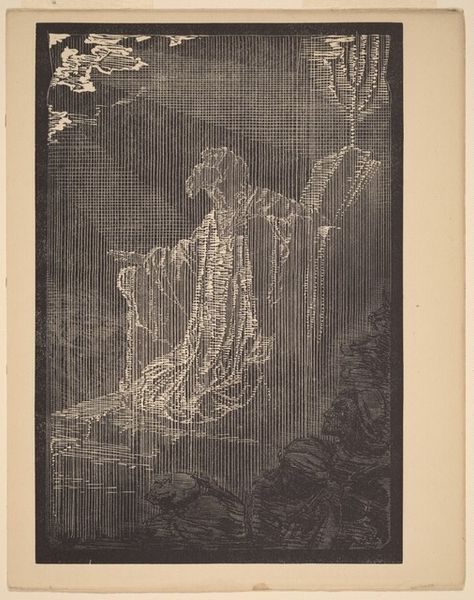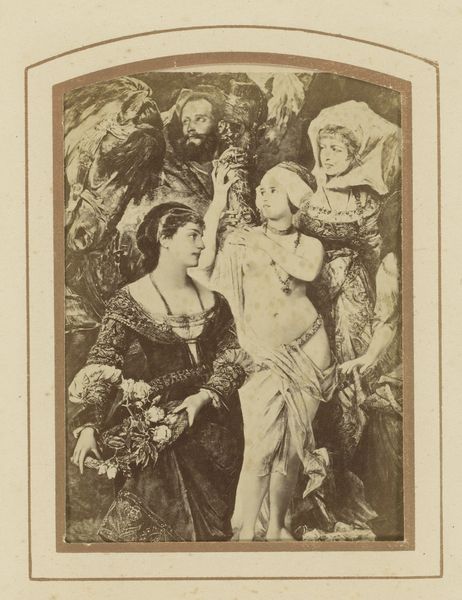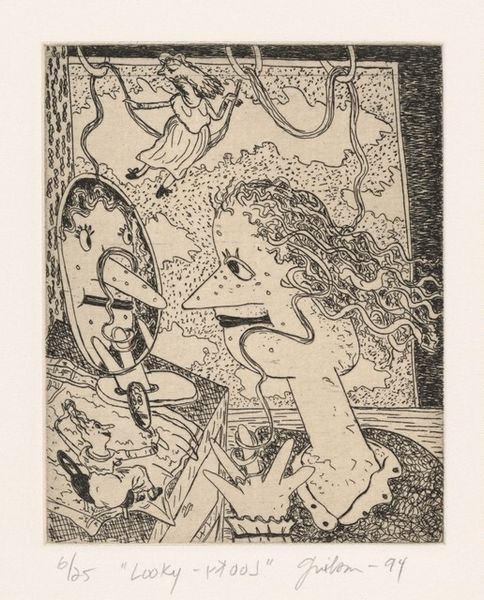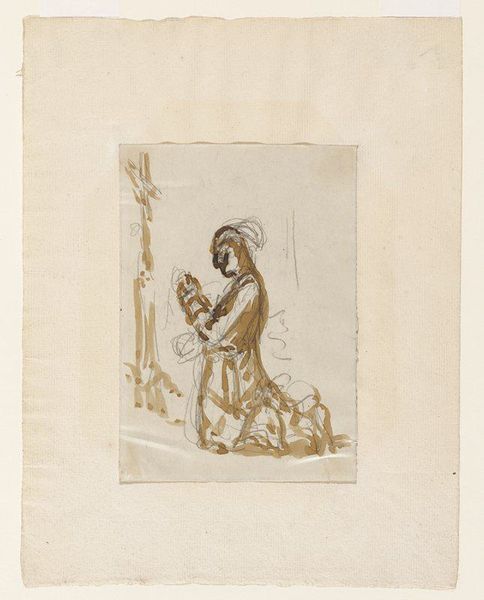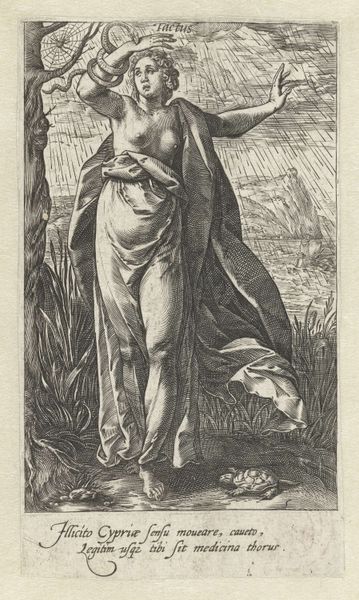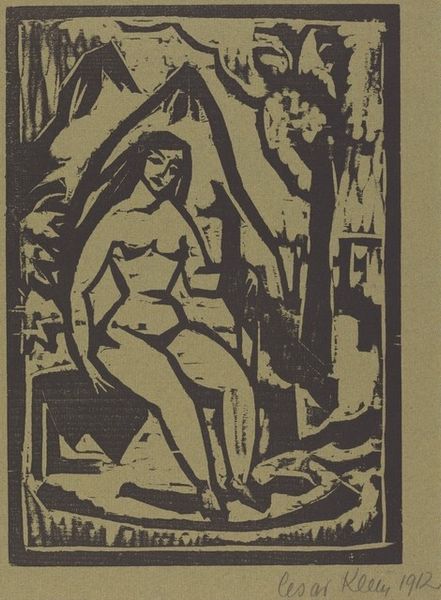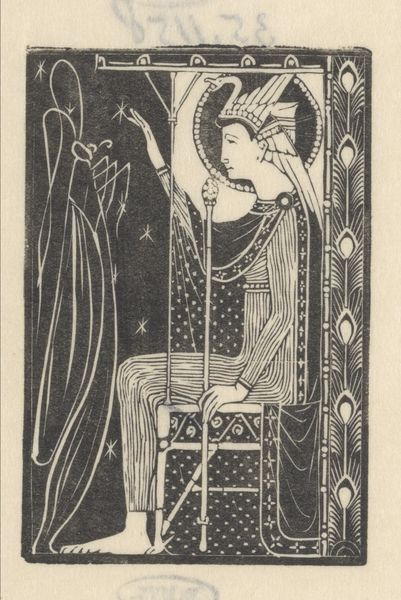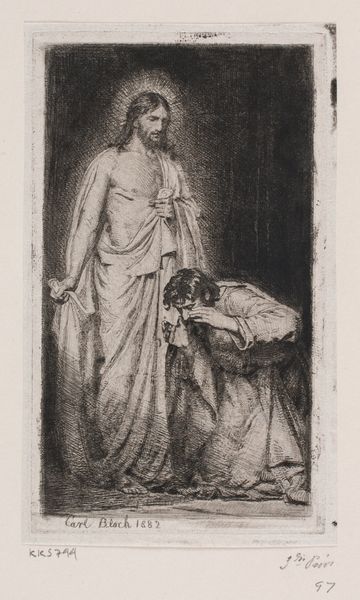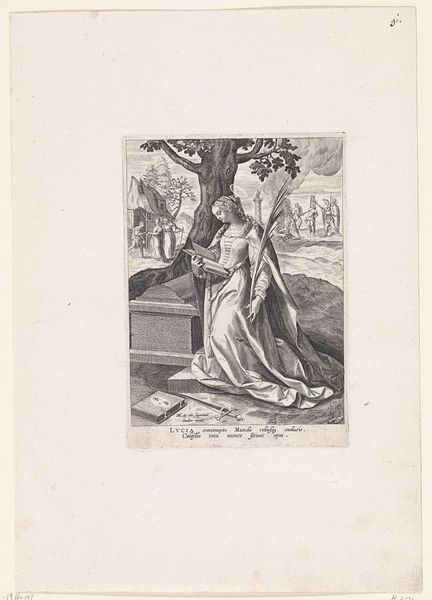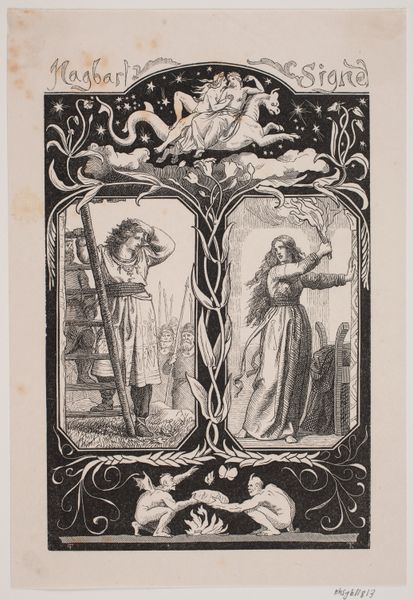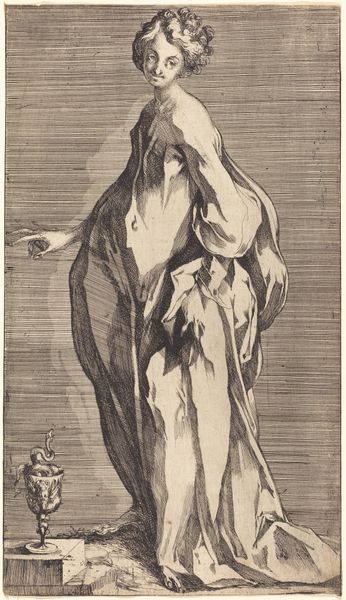
drawing, ink, pen
#
drawing
#
ink drawing
#
narrative-art
#
pen illustration
#
figuration
#
ink
#
pen-ink sketch
#
symbolism
#
pen
Copyright: Public domain
Editor: This is Rupert Bunny's "A Cradle Song," made in 1896 using pen and ink. The mood seems so dreamy, with all the floating figures. What do you see in this piece? Curator: Immediately, I'm struck by the dualities at play: earthly concerns and heavenly presences, vigilance and slumber, black ink forming dream states. What do those poppies suggest to you? Editor: Well, poppies often symbolize sleep, or even death...So is this mother figure longing for a kind of escape? Curator: Perhaps. The angels hovering above are interesting. Note how they're playing instruments... Music possesses transformative qualities, capable of transporting the listener, the gazer to another realm. Does this strike you as comforting or melancholic? Editor: Melancholic, definitely. There’s almost a disconnect between the mother and the promise of the song. Is that intentional, do you think? Curator: The beauty of symbols, of course, lies in their polysemy. The intent of the artist is one layer; how these resonate through cultural memory, through our individual experiences, forms another. Consider the act of a cradle song itself – an attempt to soothe, yes, but also an acknowledgement of vulnerability. Editor: So it's not just about putting a baby to sleep; it's about the universal experience of wanting comfort. Curator: Precisely! These symbols and universal human experiences work together. Consider it: a continuous thread through history expressed via intimate moments. Editor: This makes me see so many connections between past and present and how the experience of motherhood is depicted. Curator: Exactly. Art invites these conversations. The interplay between these enduring images and our evolving interpretations shapes how we perceive, feel, and understand.
Comments
No comments
Be the first to comment and join the conversation on the ultimate creative platform.
